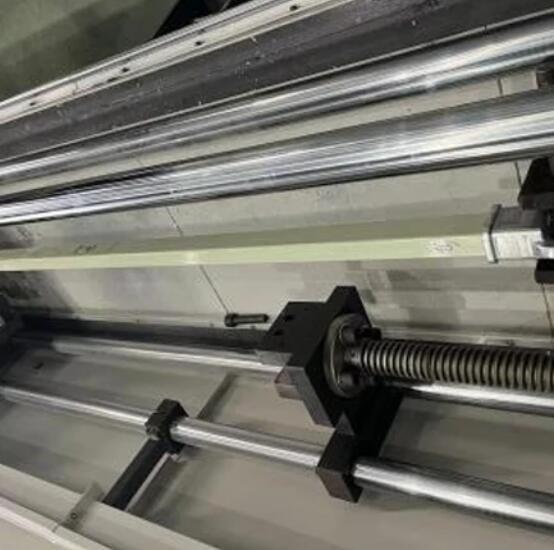Lightening the Load: The Impact of Fiberglass Composite Crossarm Weight on Installation and Maintenance
2023-11-27
Introduction:
In the intricate world of utility infrastructure, the choice of materials can significantly influence the efficiency and longevity of structures. Fiberglass composite crossarms, renowned for their exceptional strength and durability, stand out not only for their performance characteristics but also for their lightweight nature. In this blog, we'll delve into how the weight of fiberglass composite crossarms compares to traditional materials and the transformative impact this has on both installation processes and ongoing maintenance.
1. Comparing Weight with Traditional Materials:
1.1 Fiberglass Composite Crossarms:
- Lightweight Composition: Fiberglass composite crossarms are notably lightweight compared to traditional materials like wood, steel, or aluminum.
- High Strength-to-Weight Ratio: Despite their reduced weight, fiberglass composite crossarms maintain a high strength-to-weight ratio, ensuring robust structural support.
1.2 Traditional Materials:
- Wood: Wood crossarms, while common in traditional utility construction, are heavier than fiberglass composite alternatives.
- Steel: Steel crossarms are notably heavier, and their weight can vary depending on the thickness and type of steel used.
- Aluminum: Although lighter than steel, aluminum crossarms are generally heavier than fiberglass composite counterparts.
2. Impact on Installation:
2.1 Handling and Transportation:
- Ease of Handling: The lightweight nature of fiberglass composite crossarms simplifies the handling process during transportation and installation.
- Reduced Labor Requirements: Installation teams benefit from reduced physical strain, as fiberglass composite crossarms are easier to lift and maneuver.
2.2 Equipment Requirements:
- Standard Equipment Usage: The lightweight design of fiberglass composite crossarms allows for the use of standard equipment during installation, reducing the need for heavy machinery.
- Cost Efficiency: The use of standard equipment contributes to cost efficiency during installation.
2.3 Installation Speed:
- Efficiency: The lightweight composition facilitates a faster installation process, contributing to overall project efficiency.
- Minimized Installation Delays: The ease of handling and reduced equipment requirements help minimize potential delays in the installation timeline.
3. Impact on Ongoing Maintenance:
3.1 Accessibility:
- Ease of Inspection: Maintenance teams benefit from the lightweight design when conducting routine inspections, as the crossarms are easily accessible.
- Reduced Equipment Needs: Standard maintenance tasks, such as visual inspections or minor repairs, can be performed with basic equipment.
3.2 Safety Considerations:
- Reduced Safety Risks: The lightweight nature of fiberglass composite crossarms reduces the risk of injury during maintenance tasks compared to handling heavier materials.
- Worker Safety: Maintenance personnel can safely and efficiently carry out tasks without the strain associated with handling heavier alternatives.
3.3 Long-Term Durability:
- Corrosion Resistance: The inherent corrosion resistance of fiberglass composite crossarms reduces the frequency of maintenance tasks related to corrosion prevention.
- Extended Lifespan: The durability of fiberglass composite crossarms contributes to an extended lifespan, minimizing the need for frequent replacements or major repairs.
Conclusion:
The weight of fiberglass composite crossarms emerges as a transformative factor in utility construction, influencing both installation processes and ongoing maintenance. The lightweight composition not only facilitates efficient installation but also enhances accessibility for routine inspections and maintenance tasks. As industries prioritize efficiency, cost-effectiveness, and safety in infrastructure projects, the lightweight design of fiberglass composite crossarms positions them as a cornerstone for the future of utility construction and maintenance. Their ability to combine strength with reduced weight showcases a commitment to innovation that resonates across various applications in the dynamic landscape of utility and power distribution.



